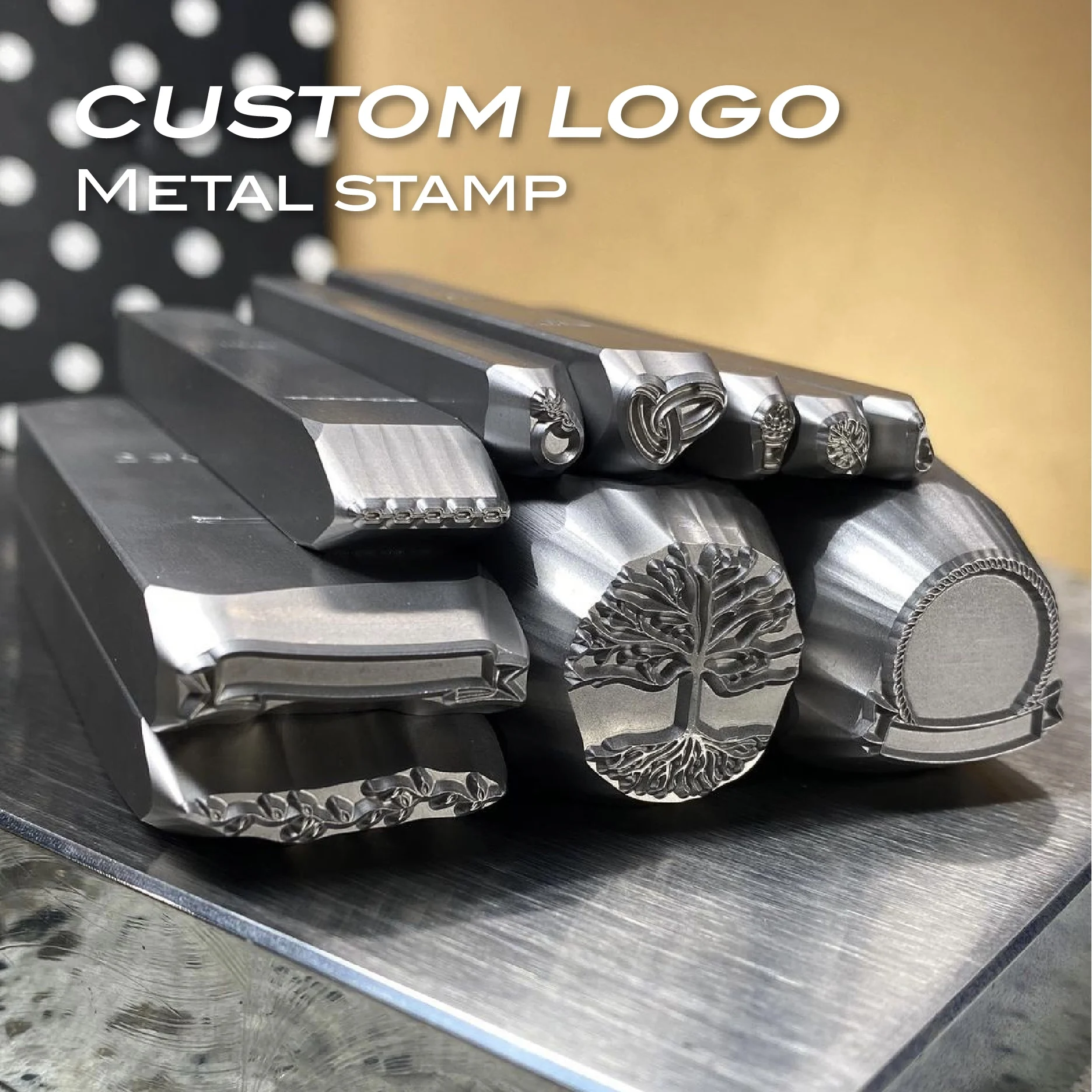Comprehensive Overview to Metal Stamping: Strategies, Applications, and Advantages
Comprehensive Overview to Metal Stamping: Strategies, Applications, and Advantages
Blog Article
Discovering the Globe of Metal Stamping: From Design to Manufacturing
Within the world of production, steel marking stands apart as an exact and reliable approach for forming steel sheets into various forms with exceptional uniformity. From the first layout stage where complex patterns materialize to the intricate production processes, metal stamping is a blend of artistry and engineering. Delving into this world unveils a complex interplay of creativity and technical mastery, offering a peek into a realm where development meets craftsmanship.
History of Steel Stamping
Steel marking, a commonly utilized manufacturing process today, has a rich background that goes back to old times (Metal Stamping). The beginnings of metal stamping can be mapped to old human beings such as the Egyptians, that utilized stamping techniques to adorn precious jewelry and accessories with complex styles. In time, metal marking progressed, with people like the Greeks and Romans utilizing it for creating coins and attractive products

In the 20th century, steel stamping remained to progress with the integration of automation and computer system mathematical control (CNC) technology. These innovations additionally increased the performance and precision of metal marking processes, making it an essential component of contemporary production across industries such as automotive, aerospace, and electronics. Today, steel marking remains a vital manufacturing process, integrating tradition with technology to fulfill the demands of a constantly progressing industry.
Style Factors To Consider and Prototyping
Layout factors to consider in steel marking consist of product selection, part geometry, tooling design, and production feasibility. Tooling style plays a considerable function in the success of metal stamping jobs, impacting component accuracy, tool durability, and production effectiveness.
Prototyping is an essential stage in the steel marking procedure that enables designers to view publisher site check the style, verify manufacturability, and make needed modifications before full-blown production. Prototyping helps identify potential concerns beforehand, conserving time and prices in the future. It likewise offers an opportunity to optimize the layout for performance and top quality. By meticulously taking into consideration style aspects and utilizing prototyping, suppliers can simplify the steel stamping procedure and attain top notch, economical production outcomes.
Tooling and Tools Fundamentals
Taking into consideration the critical role that tooling design plays in the success of steel marking tasks, recognizing the essential tools and tools called for is extremely important for attaining reliable manufacturing end results. Components hold the metal in location during the stamping procedure, making certain precision and repeatability. Spending in top notch tooling and devices not only improves production performance yet likewise leads to higher precision, reduced waste, and total expense savings in metal marking procedures.
Production Process and Quality Assurance
Successfully handling the production procedure and applying robust quality assurance measures are crucial for making certain the success of metal stamping tasks. The production process in steel stamping involves a collection of steps that must be carefully worked with to accomplish optimal outcomes. It begins with the prep work of raw products, followed by the arrangement of the stamping tools and tooling. Operators then feed the products into the press, where the stamping why not check here procedure occurs. Throughout this process, it is vital to keep track of the assembly line for any type of issues that might affect the top quality of the stamped parts.
Quality control in metal stamping is vital to supply products that meet the needed specs. Evaluating the stamped components at various stages of production assists determine any defects at an early stage, stopping expensive rework or scrap. Methods such as dimensional examination, aesthetic examination, and product screening are generally used to ensure the quality of the stamped description components. By keeping rigorous top quality control criteria, suppliers can promote their reputation for supplying high-quality steel marked items.
Applications and Market Insights
In the realm of metal stamping, the effective application of manufacturing processes and high quality control procedures straight affects the efficiency and dependability of different market applications and supplies beneficial insights into the industry's functional characteristics. In addition, steel stamping helps with the manufacturing of different home devices, including refrigerators, cleaning makers, and stoves, by supplying cost-efficient remedies for making sturdy and intricate components. Comprehending the applications and industry understandings of steel marking is crucial for maximizing manufacturing procedures and improving item top quality throughout various industries.

Conclusion
Design factors to consider, prototyping, tooling, equipment, manufacturing processes, and top quality control are vital aspects of steel stamping. With its prevalent applications and industry understandings, metal marking continues to be a flexible and efficient production procedure.
Report this page